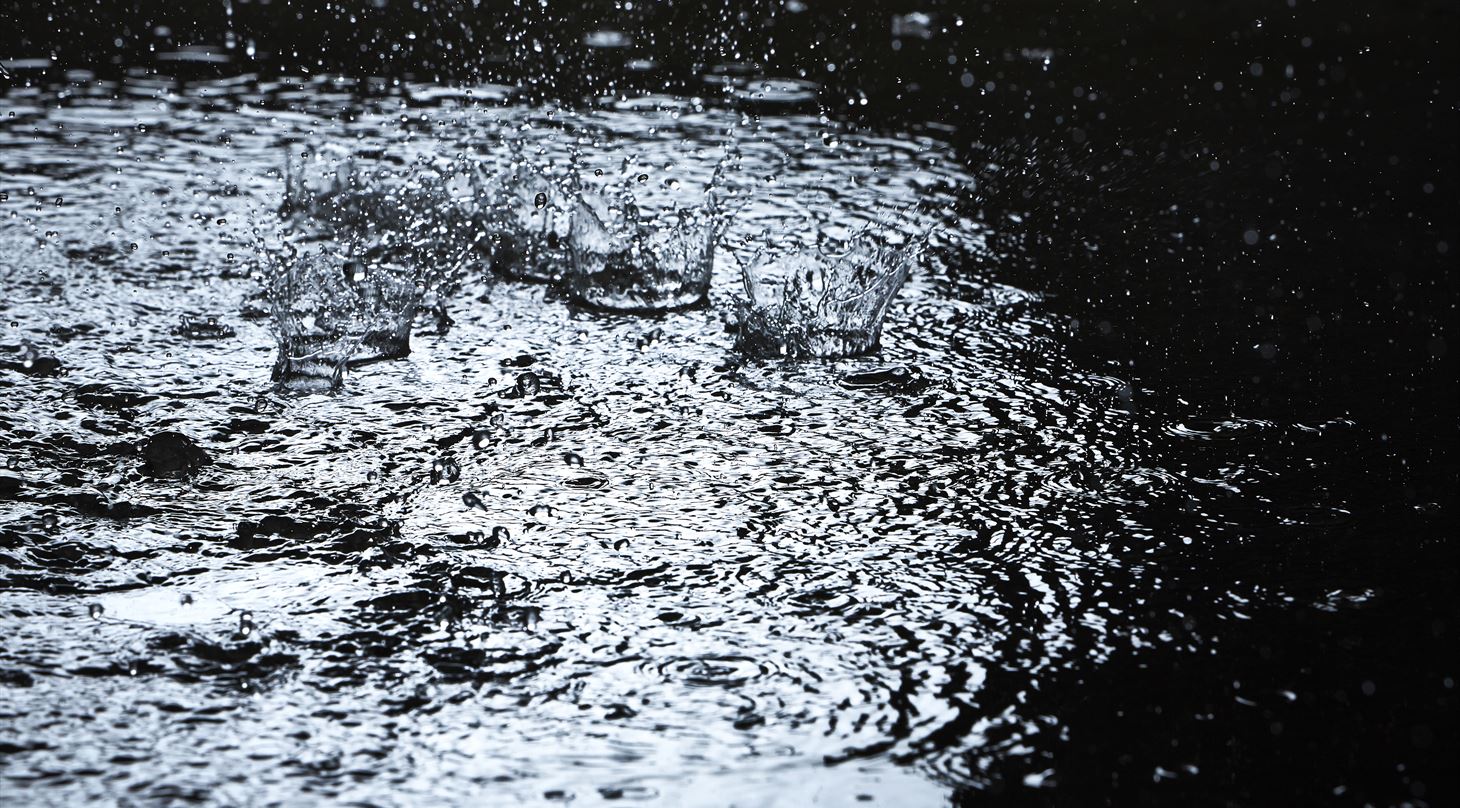
Metrology - Metrology and climate
Climate change requires the highest quality measurements of climate and weather data
In order to improve climate measurements, it is absolutely essential for better that calibration of weather stations is carried out consistently and with traceability to the SI system. Robust uncertainty calculations are required together with a better understanding of the factors that influence the measurements. Without traceability, doubts can be raised about the quality of measurement data.
Danish Technological Institute contributes to ensuring the quality of weather and climate data through projects and calibrations. An example is the so-called non-catching disdrometers (precipitation gauges). These instruments require minimal maintenance and are therefore increasingly used in many applications. However, the calibration method is not straight forward and the traceability to SI is not obvious. Danish Technological Institute has been working together with a number of other European laboratories to establish calibration procedures. Among other things, we have developed a set-up that can generate artificial rain with controllable drop size, speed, and intensity. It is foreseen to be included in a WMO (World Meteorological Organization) standard procedure for the traceable calibration of disdrometers.
Examples of other parameters investigated in connection with climate measurements:
1. Barometric pressure
2. Relative humidity and dew point
3. Wind speed and direction
4. Air temperature
How can the Danish Technological Institute help you?
We actively participate in national and international projects that contribute to knowledge building and the development of measurement and calibration methods. This has led to us now being able to offer calibration of weather stations in connection with the measurement of pressure, humidity, wind speed and temperature. Read more about our projects below.
We are also working on being able to offer calibration of precipitation gauges, e.g., non-catching disdrometers soon.
If you want to have your weather station calibrated, do not hesitate to contact us.
Projects:
Procedure:
The project focused on the traceability to SI of meteorological measurements of temperature, pressure, humidity, wind speed and direction, as well as the intensity of solar radiation and the correlation between them. Danish Technological Institute was leading the work onair speed measurement and collaborated with Aarhus University's "Mars Simulation Laboratory", that has a wind tunnel that can create extreme weather conditions. Specifically, the project worked on topics such as:
Participants:
Danish Technological Institute (Denmark), INRIM (Italy), CEM (Spain), CETIAT (France), CMI (Czech Republic), CNAM (France), GUM (Poland), INTA (Spain), INTiBS (Poland), JV (Norway), MIKES (Finland), NPL (Great Britain), PTB (Germany), SMD (Belgium), SMU (Slovakia), SP (Sweden), UME (Turkey)
Links to the project:
Home - Meteomet
Metrology for pressure, temperature, humidity and airspeed in the atmosphere - Project Details - EURAMET
Procedure: The project focused on the traceability of climate parameters, e.g., humidity in the atmosphere, the temperature and salinity of the oceans, permafrost temperature, air temperature, etc. Danish Technological Institute's work was concentrated on uncovering the impact of precipitation (rain, snow, and ice) on measurements of the air temperature with so-called AWS's (automatic weather stations).
Participants: Danish Technological Institute (Denmark), INRIM (Italy), CEM (Spain), CMI (Czech Republic), CSIC (Spain), IMBIH (Bosnia-Herzegovina), PTB (Germany), TUBITAK (Turkey), VSL (Netherlands), SHOM (France), BEV (Austria), CETIAT (France), CNAM (France), NPL (Great Britain), SMD (Belgium), UL (Slovenia), VTT (Finland), UPC (Spain)
Links to the project:
Home - Meteomet
Metrology for essential climate variables - Project Details - EURAMET
Procedure:
The objective of the project is to develop traceable metrological methods for calibrating "non-collecting" meters for liquid precipitation and to determine the uncertainty of these. This type of instrument has a number of advantages compared to the commonly known collecting types, for instance when used in automatic weather stations. Currently, the meters cannot be traceably calibrated, but are used to a greater and greater extent for weather observations and warning systems (climate protection). Danish Technological Institute was mainly involved in developing and establishing a standardized measurement method for "non-collecting" rainfall gauges. The work is an extension and further development of the topics we worked on in the MeteoMet 1 and MeteoMet 2 projects.
Participants:
Danish Technological Institute (Denmark), INRIM (Italy), CEM (Spain), SMD (Belgium), Eidgenössische Departement des Innern (Switzerland), Università degli Studi di Genova (Italy)
Links to the project:
Home - Meteomet
Incipit - Meteomet
Calibration and accuracy of non-catchin instruments to measure liquid/soilid atmospheric precipitation - Project Details - EURAMET
The objective of the project is to support the World Meteorological Organization (WMO) and the Global Climate Observing System (GCOS) by defining the measurement parameters and requirements that are necessary in relation to the technical specifications for reference measuring stations in ground-based climate observation networks.
The Danish Technological Institute contributes to:
Participants:
Danish Technological Institute (Denmark), INRIM (Italy), SMU (Slovakia)
Links to the project:
Home - Metromet
CRS - Meteomet
Climate Reference Station - Project Details - EURAMET
This EURAMET project has two main activities:
The new EURAMET guideline for calibrating thermometers in air will become the "best practice" that is currently lacking. The work will be presented to CCT (BIPM's Consultative Committee for Thermometry) for possible adoption by other RMOs (Regional Metrology Organisation, e.g., EURAMET) and as input to CCT's WG-ENV (Working Group for Environment).
The project is expected to provide valuable input to WMO CIMO's expert team (CIMO: Commission for Instruments and Methods of Observation) for operational in-situ technologies - for the definition of "best-practice" and "sustained performance classification" and for GCOS (Global Climate Observing System) task team on the Global Surface Reference Network for inclusion in the requirements for reference air temperature measurements.
Participants:
Danish Technological Institute (Denmark), INRIM (Italy), BEV/E+E (Austria), BFKH (Hungary), CEM (Spain), CMI (Czech Republic), DPM (Albania), EIM (Greece), FSB-LPM (Croatia ), GUM (Poland), INTA (Spain), INTiBS (Poland), JV (Norway), LNE (France), MBM (Montenegro), VTT (Finland), MIRS/UL-FE/LMK (Slovenia), NPL ( UK), NSAI NML (Ireland), PTB (Germany), RISE (Sweden), SMD (Belgium), SMU (Slovakia), UME (Turkey)
We also participate in the international metrology network “EMN for Climate and Ocean Observation".
You can read more about this here.